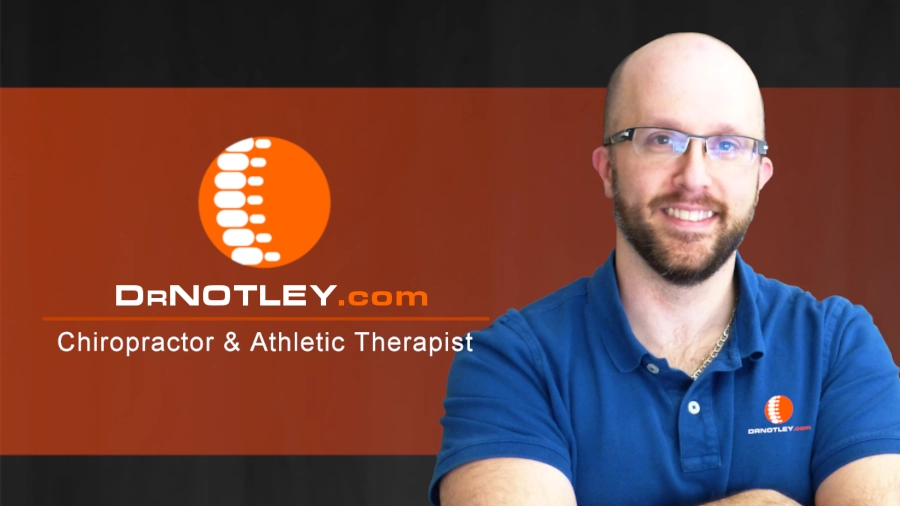I discovered an interview, on YouTube, of Dr Stuart McGill, a highly respected researcher in the study of spinal biomechanics. He is at the forefront of understanding the effects of exercise and movement on the spine. I have mentioned his research before in this blog.
The information mention in this video is too good to not share with you. I spent the time to transcribe everything that was said in the video and posted it here.
Myth #1: Back Injuries are rare
Most people will not get through out life without some element of back pain impinging on their activity.
Myth #2: You need a flexible back
Statistically, those who have more range of motion in their back have a greater risk of back disorders in the future. So having a flexible spine is not protective. In fact, it’s quite the opposite. The muscles of the legs, arms, shoulders and hips are designed to create force throughout a range of motion resulting in movement. Muscles of the spine, or core, or torso are designed to do quite the opposite; they stop movement.
Myth #3: To avoid injury, you need a strong back
Having a very very strong back is not really preventative for a back injury. What turns out to be important is the endurance.
Myth #4: Bend your knees when you lift
Proper lifting mechanics require you to actually lift with the hips, not with the knees. Otherwise, you will just end up with knee arthritis.
How do you do that?
Refer to video:
We are going to slide our hands down our thighs and go down a little bit more to grab the basket and slide it up your thighs and pull your hips through. (He is describing the hip hinge)
Myth #5: Suck in your belly to work your core.
This idea of drawing in your belly to activate a muscle called transverse abdominus when you are performing exercise is highly problematic and it’s a myth. When you measure the role of that muscle and the ability to stabilize the spine you do not want to suck it in; you simply stiffen the abdominal wall.
How do you do that?
So the stir the pot exercise requires the feet to be quite wide, she’s stiffening controlling through this part of her spine (abdominal region). And now she’s just going to swirl her elbows around in circles we call this exercise, stir the pot.
How else? (2:05)
(Patient in quadruped position) We are going to spend time to flex the spine and extend your spine. Finding that neutral position here which is lowest stress for her back. At that point she stiffens her abdominal wall. Then she is going to extend opposite arm and opposite leg moving about the hips and the shoulders; hold that posture for about 10 seconds. We release the cramp? by having her sweep the floor with her knee and hand and back out again. All motion taking place only at the hip and shoulder
How do you train harder?
So we are going to increase the value of this exercise. She’s going to make a fist and co-contract and stiffen her arm all up through her back which brings up her upper back here. Then she’s going to challenge the different neuromuscular components in her back by drawing squares with her arms and legs.
Myth #6: Sit-ups/crunches give you a six pack.
(Describing the crunch) What she’s doing is flexing her spine like this, stressing the posterior part of the annulus (intervertebral disc) which eventually if she does enough of them will cause the damage that we see here; namely a disc bulge.
What should you do instead?
We’ll shift her to a different style of curl-up. Put her hands in the small of her low back to support her low back so it doesn’t flatten to the floor. And she will straighten one leg. And she is just going to up, just unweighting her head and shoulders; not too much. The motion is hardly moving at all. And we will bring up the elbows (off the floor) and she is very stiff through this region (abdominal region) here. She’ll count to ten and slowly put her head and shoulders down and rest and then release the contraction.
Can you avoid injury by not exercising?
Optimal back health doesn’t come from doing nothing. It comes from doing the perfect optimized amount; not too much and not too little.
If you want to learn more about back care check out Dr Stuart’s Website. This is not an affiliate link.
I hope you enjoyed
Dr Notley
Chiropractor/Athletic Therapist in Winnipeg since 2000
Originally posted on May 17, 2022 @ 4:36 pm
